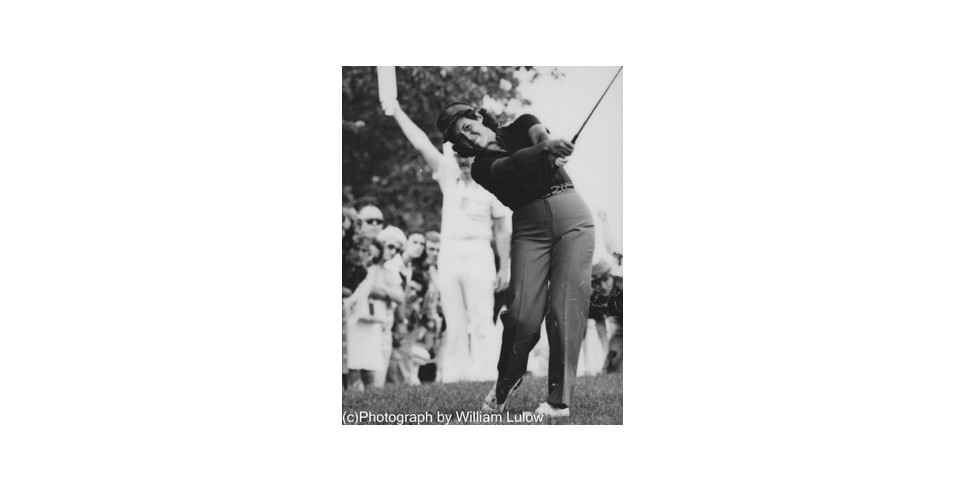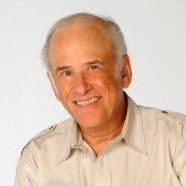
I have been doing photography practically all my life. I've studied about exposure, film developing and printing. I've worked with all sorts of photographic equipment from 8x10 view cameras to 35mm point-and-shoot automatic ones. I've learned about the intricacies of lighting and how to apply those principles successfully to make the images I wanted. I've worked for other studios and photographers to get first-hand knowledge of how the business of photography works and what it takes to own and operate a successful photographic studio. In short, I have spent a lifetime in this business and gained much invaluable information about how it works.
Lately, I've been asking myself why I have done all this studying, practicing, experimenting and working. The answer is that there is something about photography that I simply fell in love with back when I was a child in school.
I guess there is something about making images that always attracted me. I loved the equipment - cameras, lenses, tripods, lights, studio backdrops and just the feeling I got when I was behind the camera, making images and then delivering the finished job. It was kind of euphoric! I also discovered that I had kind of knack for figuring out how and why everything worked the way it did to produce images of which I was proud.
There is also something to be said for having a thought in one's mind and the ability to translate it into a visible image. I think many people have the same creative urge, but not everyone is able to convert it to an image. Many people take pictures, thousands of images, in hopes that one of them will say something about how the person was actually feeling. Many have no idea how to do this at all. Some may, like me, be interested in equipment and have the money to buy all sorts of cameras, lights and accessories. But without a real knowledge of how to use it, equipment just becomes so many playthings. (It's interesting in this digital age, that all my equipment has been paired down to two camera bodies and a selection of prime lenses! I used to have all the formats covered from 8x10 view cameras, medium format cameras and 35mm film cameras, with an arsenal of lenses for each. Of course, I still have a lot of lighting equipment including studio strobes, speedlights and hot lights).
These days there is still the thrill of creating images that I see in my mind, but the electronic age has done away with the need for darkrooms, developing trays and most film. Now, I see my images take shape on the computer screen and even though the feeling of "magic" is still there, it is a somewhat different experience.
But, there is an additional component to photography these days and, if you will, permit me to draw an analogy to the world of golf. There are literally tens of thousands of people who love the game of golf and a few hundred who play it well enough to call themselves "professional" and make a living from playing the game. Since the amateur doesn't know all the intricacies of the game, and his swing is not, shall we say, in the groove, equipment is manufactured with a lot more "forgiveness," which lets these week-end golfers hit the ball fairly well. They may not be able to hit the ball in the same spot each time because they just don't play the game enough. Playing it once a week on a Saturday or Sunday morning doesn't qualify as enough to give you a perfect swing. Professionals, on the other hand, have worked on their swings for most of their lives. Their swings are really perfected and thus manufacturers of clubs for them, make them in such a way that a golf ball, when struck by these clubs, really travels much further and with more accuracy than any amateur could hope for. Equipment designed and built for professionals is just not the same as it is for amateurs.
It is a similar situation for the professional photographer. Although equipment is manufactured with AUTOMATIC settings that take a lot of the guesswork out of creating images, really good ones are usually made with the camera on MANUAL and rely much more on the photographer's skills and knowledge of the process as a whole to produce really great pictures. The difference between an inexperienced photographer and a seasoned professional is that the latter is much more likely to make stunning and more usable pictures than the former, with a lot less guesswork and on a much more regular basis. So, clients are paying for all that experience rather than just someone who can take an acceptable picture. If you are truly a professional, you will be able to convince clients of your superior ability with the results you can achieve consistently!









